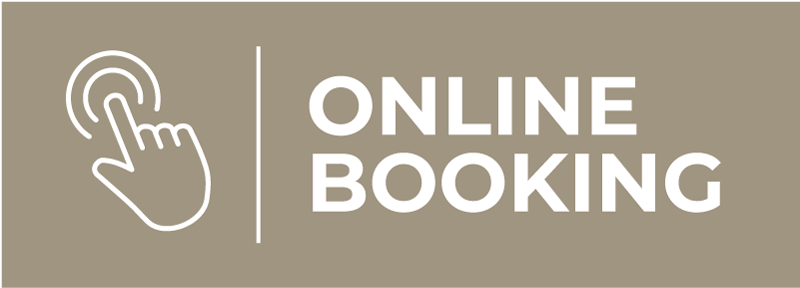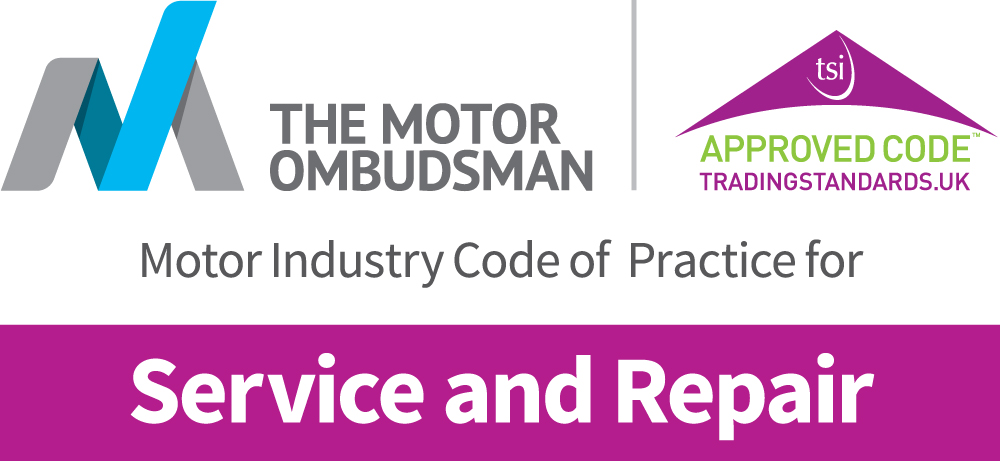Turbo Failure Diagnosis and Repair for Jaguar, Land Rover and Range Rover
Many Jaguar and Land Rover models suffer from turbocharger problems. The first sign is often a sharp loss of power, sometimes with Restricted Performance displayed on the dash. Drivers may also notice a high-pitched whistle rising with engine speed, smoke from the exhaust, or fault codes for boost control. If ignored, a worn or failing turbo can progress to complete failure, with the risk of damage to the engine and emissions system. Early diagnosis and proper repair are essential to avoid escalating costs.
The problem and our solution
Turbochargers operate under extreme temperatures and rely on clean oil supply and accurate boost control. When lubrication breaks down or control systems fail, the turbo can wear rapidly. The result is lack of boost, erratic performance, or a noisy, smoky engine. Simply replacing the turbo without addressing the underlying issue often leads to repeat failure. We carry out a structured diagnosis, confirm whether the turbo itself is failing, and identify any contributing causes such as blocked oil feeds, boost leaks, actuator faults or a restricted DPF. Only when the root cause is clear is a repair estimate provided.
Models and years affected
Turbo issues have been reported across most turbocharged Jaguar and Land Rover models built from the 1990s onwards, including:
- 2.0 Ingenium petrol and diesel engines from 2015 onwards
- 2.2 and 2.4 diesel Freelander 2 and Defender models
- 3.0 V6 single and twin-turbo diesels (SDV6)
- 4.4 TDV8 Range Rover and Range Rover Sport
- Later AJ petrol turbo engines
The risk is highest on vehicles used mainly for short trips or those run on extended oil intervals, as oil quality and temperature control are critical for turbo life.
Common symptoms
- Loss of power and sluggish acceleration
- Restricted Performance message
- Whistle or siren-like noise rising with engine speed
- Black smoke on acceleration or white/blue smoke if oil is passing the seals
- Fault codes relating to overboost, underboost, or actuator control
- Visible oil leaks around the turbocharger or intercooler hoses
Causes and contributing factors
- Oil starvation or contamination due to old oil, incorrect grade, or partial blockage in feed or return lines
- Sticking variable vanes or faulty actuators
- Split intercooler hoses or leaking clamps reducing boost pressure
- High exhaust backpressure from a loaded or failing DPF
- Oil dilution on Ingenium diesels, where fuel from repeated DPF regens enters the sump and thins the oil, reducing bearing protection
We test drive, check diagnostic data, inspect for obvious leaks or oil issues, and assess whether the DPF or oil dilution may be adding to the problem.
How repairs are carried out
For single turbo engines, the unit is removed and replaced with Original Equipment or genuine JLR parts where specified. Oil feed and return lines are renewed, the turbo is primed correctly, engine oil and filter are replaced, and the intercooler is cleaned of residual oil. Quality parts are used for seals and ancillaries as required.
On twin-turbo V6 and V8 engines, the work is more complex. Access varies by chassis and may involve significant dismantling. We select the safest method for the model, ensuring both turbos and their feeds are dealt with correctly. After installation, actuator adaptations and calibrations are completed, the vehicle is road-tested with data logging, and post-repair checks are carried out once the system has fully heat-cycled.
Estimated repair costs (inc. VAT)
- Inspection and code read: from £65
- 2.0 and 2.2 single turbo replacement: £1695 to £1995
- V6 and V8 twin turbo replacement: £2600 to £4500 depending on access and ancillaries
These figures are guides. The exact cost is confirmed against your VIN once diagnosis is complete.
Prevention and care
Preventing turbo failure is largely about oil quality. Annual servicing or within 12000 miles, whichever comes first, is the maximum recommended interval. Shorter oil changes may be required on vehicles used for short urban journeys. Always use the correct grade oil, allow a short idle down after heavy use, fix boost leaks quickly, and never ignore DPF warnings. Monitoring mileage and keeping oil fresh is the simplest and cheapest protection.
FAQs
Do I need a new turbo if I only hear a whistle?
Not always. A whistle can be caused by a split hose or clamp leak. Proper inspection will confirm whether the turbo itself is worn.
Can I keep driving with a failing turbo?
It is not advised. A failing turbo can shed fragments into the engine or exhaust system, leading to major damage.
Why do replacement turbos sometimes fail early?
Usually because the underlying cause was not addressed, such as a blocked feed, intercooler debris or a restricted DPF.
Do you fit customer-supplied parts?
No. To provide a 12 month parts and labour warranty we supply and fit genuine JLR or Original Equipment turbos and parts.
Is engine or body removal required?
On some V6 and V8 twin-turbo models, yes. The method varies by chassis and is confirmed in the quotation.
How long does the repair take?
Single turbo jobs are usually one to two days once parts are available. Twin-turbo jobs take longer and vary by model.
Will the new turbo be calibrated?
Yes. Actuators are adapted and boost control is re-set to ensure correct operation.
What warranty is provided?
All parts and labour are covered by a 12 month warranty. Terms are confirmed on the invoice.




